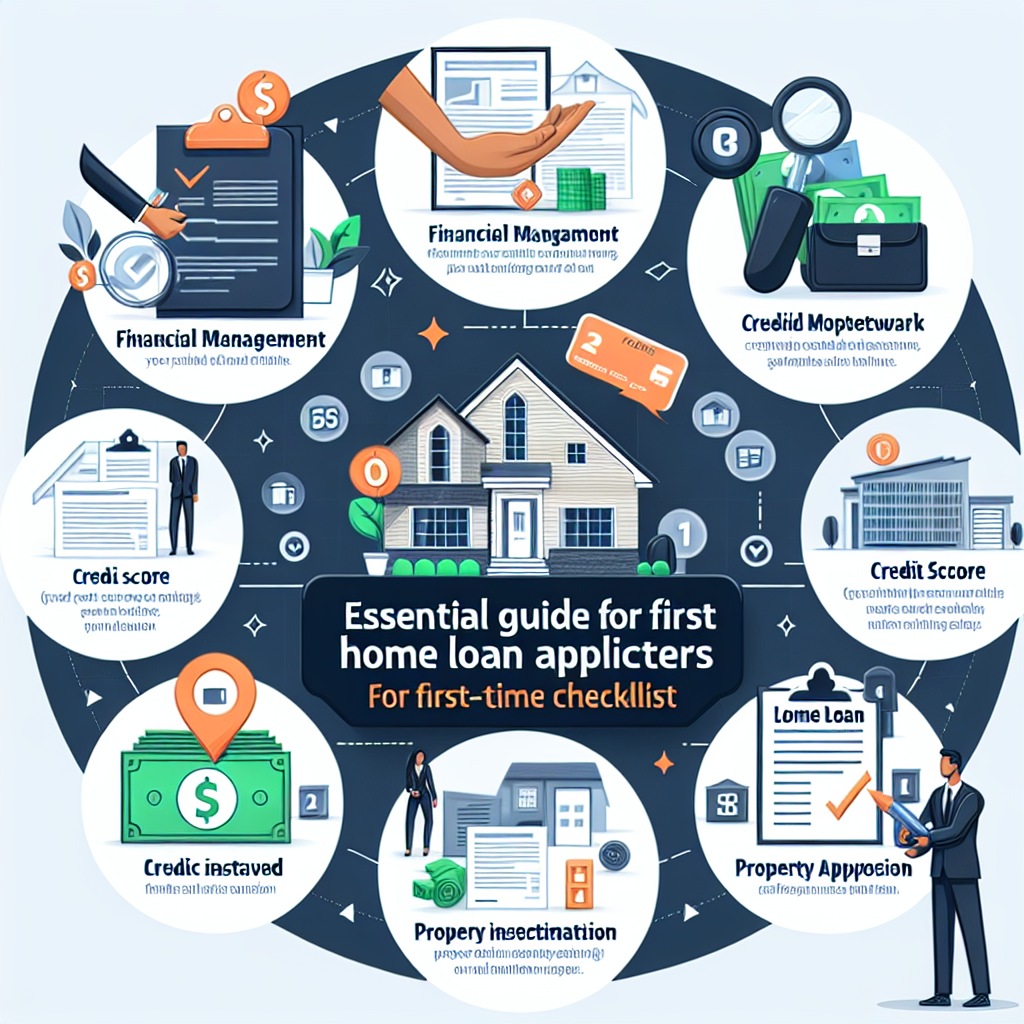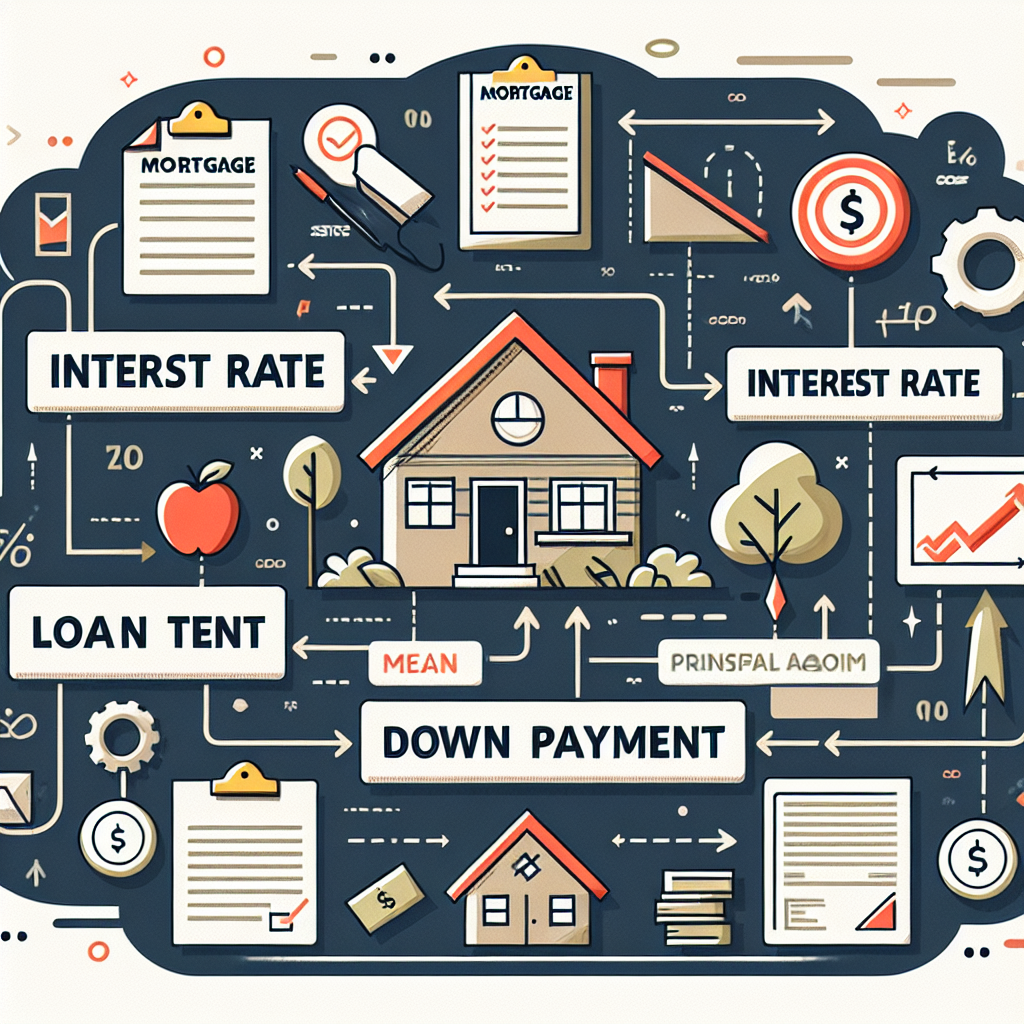

A Step-by-Step Guide to Home Refinancing
Last updated: March 25, 2025
Refinancing your home can be a savvy financial move, providing significant savings on your monthly mortgage payments. But how do you approach it? In this comprehensive guide, we'll walk you through the steps of home refinancing, helping you make informed decisions to maximize your savings.
What is Home Refinancing?
Home refinancing is the process of obtaining a new mortgage to replace your existing one, usually with better terms. This might mean securing a lower interest rate, changing the loan term, or tapping into your home’s equity for additional cash. Understanding the basics of refinancing is the first step in determining if it’s the right choice for you.
Step 1: Evaluate Your Reasons for Refinancing
Before diving into the refinancing process, take a moment to clearly define your motivation. Some common reasons to refinance include:
- Lowering monthly payments: If interest rates have dropped since you secured your original mortgage, refinancing could reduce your payments.
- Switching loan types: You may wish to move from an adjustable-rate mortgage (ARM) to a fixed-rate mortgage for stability.
- Accessing home equity: Refinancing can allow you to tap into your home’s equity for essential expenses, like home improvements or education costs.
Step 2: Check Your Credit Score
Your credit score plays a pivotal role in determining the interest rates available to you. Higher scores typically yield better terms. Obtain a copy of your credit report and review it for errors. Aim for a score of 700 or higher to qualify for the best rates, and consider taking steps to improve your score if needed.
Step 3: Research Current Mortgage Rates
Stay informed on current mortgage rates as you prepare for refinancing. Use online calculators to estimate how much you can save. Compare rates from different lenders to find the most competitive offers. Remember, even a small difference can mean significant savings over time.
Step 4: Determine Your Loan Type
Decide on the kind of loan that suits your needs best. There are two main types of loans to consider:
- Conventional Loans: These are typically fixed-rate loans that require a minimum down payment and usually offer lower overall costs.
- Government-Backed Loans: Options like FHA, VA, and USDA loans are available for those who qualify, often with lower credit score requirements.
Evaluate the benefits and drawbacks of each to choose one that aligns with your financial situation.
Step 5: Gather Necessary Documentation
The refinancing process requires thorough documentation. Prepare the following documents:
- Proof of income (pay stubs, tax returns)
- Credit report
- Current mortgage statements
- Homeowners insurance policy
- Identification documents
Being organized can streamline your refinancing application.
Step 6: Apply for Refinancing
Once you have selected a lender, it’s time to apply. Fill out the mortgage application carefully, providing accurate information to prevent delays. Be prepared for the lender to conduct a credit check and verify your financial situation. Some lenders may require a home appraisal to establish the current market value.
Step 7: Review Loan Estimates
After submitting your application, you’ll receive a Loan Estimate form from your lender. This document outlines key details, including interest rate, monthly payment, and estimated closing costs. Carefully review this form, comparing it with estimates from other lenders to ensure you’re getting a good deal.
Step 8: Make Your Decision
Evaluate all aspects of the Loan Estimate and weigh your choices. It's essential to feel confident that refinancing aligns with your financial goals. Listen to your instincts and don’t rush into a decision without thorough consideration.
Step 9: Close on Your New Loan
If you decide to proceed, you’ll schedule a closing meeting much like when you first bought your home. During this meeting, you'll sign all necessary documents, pay closing costs, and officially switch to your new mortgage. Ensure you understand all terms included in your new loan.
Step 10: Monitor Your Finances
After refinancing, continue monitoring your financial situation. Track your payments and budget accordingly. If interest rates drop significantly in the future, consider whether refinancing again might be beneficial.
Final Thoughts
Refinancing can offer substantial financial relief, but it’s not a one-size-fits-all solution. By following this step-by-step guide, you’ll be equipped to make informed decisions regarding refinancing your home loan. Always remember, the key to successful refinancing lies in careful research and sound financial judgment.
Featured Blogs

Top 5 Home Loan Benefits for First-Time Woman Buyers in India

Essential Tips for First-Time Homebuyers Navigating the Real Estate Market in India

Maximize Your Benefits: Understanding Federal Tax Incentives for Homeowners

Refinancing Your Mortgage: Top Strategies to Cut Costs in 2024 in India

Essential Guide for First-Time Home Loan Applicants: Your Ultimate Checklist

Essential Mortgage Terms Every Homebuyer Must Understand
Recent Blogs
Let's connect
Questions, comments or suggestions?
Simply fill in the form & we'll be in touch shortly.

Our Location
Shop No 112, 113, 114, Millennium Plaza, FC Road, Shivajinagar Pune, Maharashtra, India

Phone Number
+91 99707 20394

Mail Us
info@homecreds.com